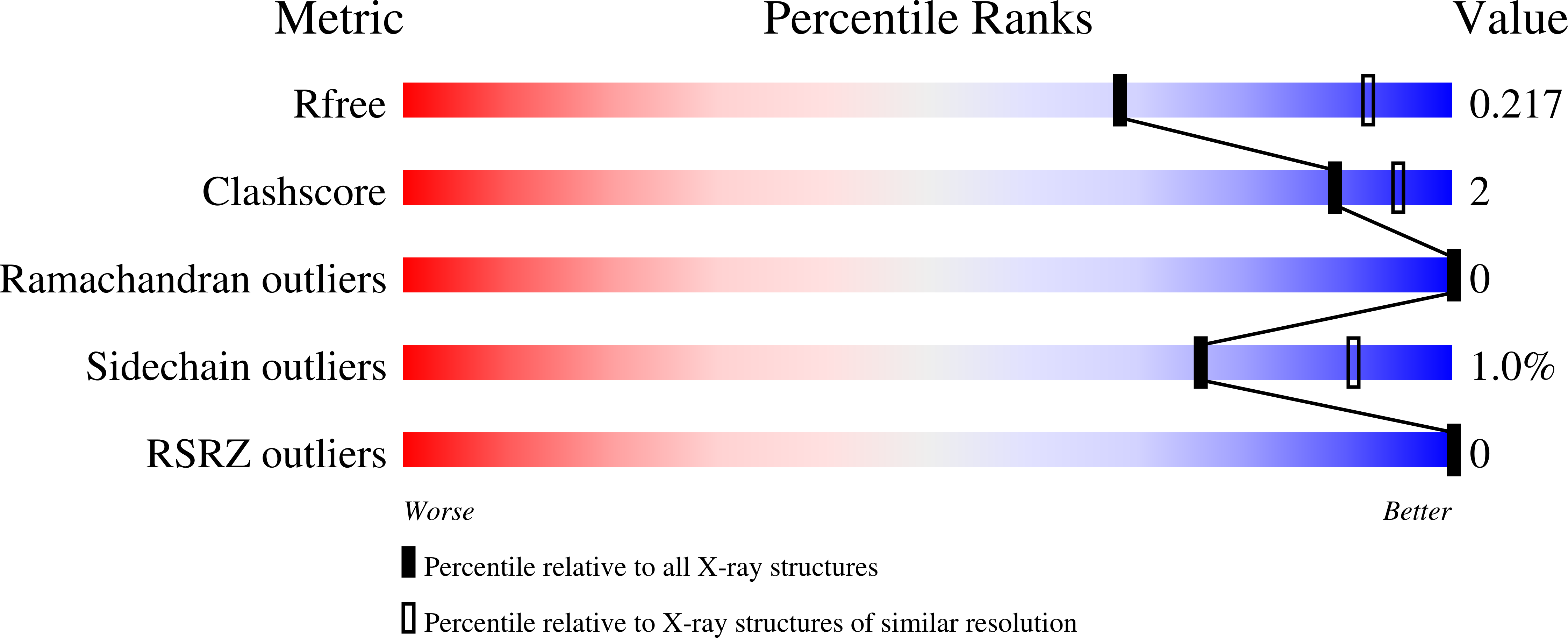
Deposition Date
2023-02-17
Release Date
2023-08-09
Last Version Date
2023-09-13
Entry Detail
PDB ID:
8CLY
Keywords:
Title:
Crystal structure of Rhizobium etli constitutive L-asparaginase ReAIV (tetragonal form R4tP)
Biological Source:
Source Organism:
Rhizobium etli (Taxon ID: 29449)
Host Organism:
Method Details:
Experimental Method:
Resolution:
2.50 Å
R-Value Free:
0.21
R-Value Work:
0.17
Space Group:
P 42 21 2


